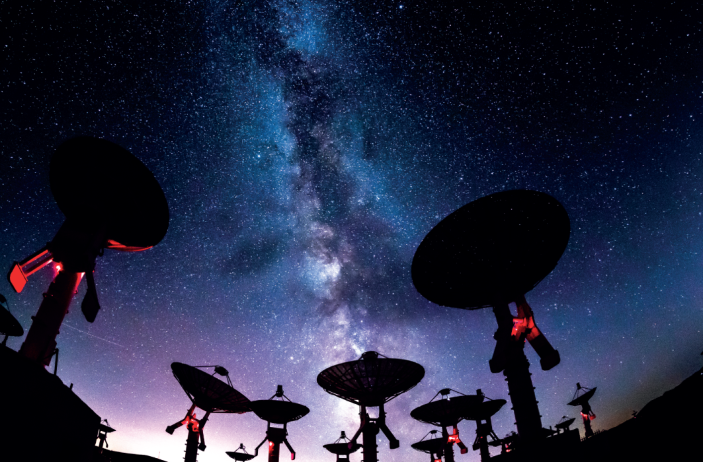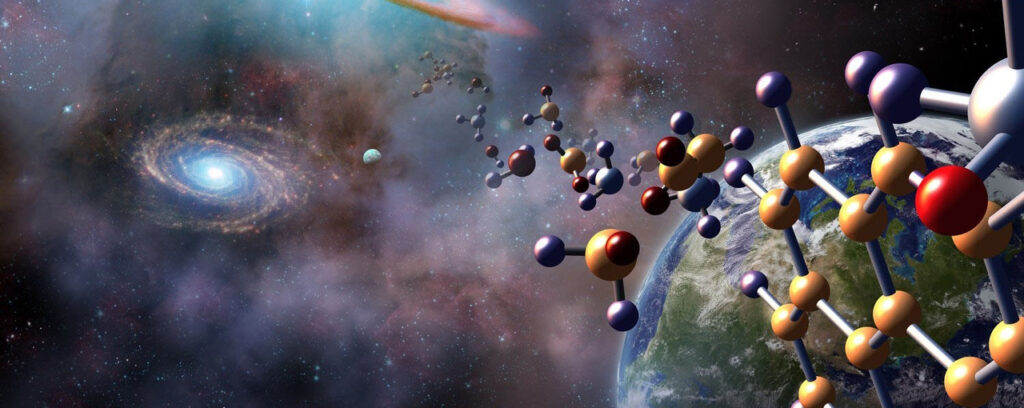Recent Advances in Astrobiology: Exploring New Frontiers in the Search for Life Beyond Earth

What Is Astrobiology?
Since early humans first gazed at the stars and imagined distant campfires, humanity has wondered if we are alone in the universe. The ancient Greeks speculated about the existence of life beyond Earth but lacked the technology to prove their theories. In the late 20th century, the discovery of possible bacterial fossils in a Martian meteorite and the identification of the first exoplanets brought the search for extraterrestrial life into the scientific spotlight. In the 21st century, astrobiology has emerged as a new field, leveraging advanced technology and scientific knowledge to tackle this age-old question.

Astrobiology is the study of life in the universe. This multidisciplinary field seeks to understand the origin, evolution, distribution, and future of life on Earth and beyond. It integrates knowledge from astronomy, biology, chemistry, geology, atmospheric science, oceanography, and aeronautical engineering to explore several fundamental questions:
- How does life originate?
- How does life evolve?
- What environments are necessary for life to survive?
- What are the extremes under which life can exist?
- What might extraterrestrial life look like?
- Is there, or has there been, life elsewhere in our solar system?
- How can we detect habitable or inhabited worlds?
- What is humanity’s future on Earth and beyond?
Astrobiologists often work in interdisciplinary teams to address these complex questions that no single field can answer alone.

Current Developments in Astrobiology
Current developments in astrobiology encompass a wide range of research areas and technological advancements aimed at understanding the potential for life beyond Earth and exploring the habitability of other worlds. Here are some key aspects of recent developments in astrobiology:
- Exploring Mars: Mars remains a focal point for astrobiological research due to its potential to have hosted life in the past or present. Recent missions, such as NASA’s Perseverance rover, are equipped with sophisticated instruments to search for signs of ancient microbial life and assess the planet’s habitability.
- Investigating Ocean Worlds: Moons such as Europa (around Jupiter) and Enceladus (around Saturn) are believed to have subsurface oceans beneath their icy crusts. These ocean worlds represent intriguing environments where life could potentially exist. Missions like NASA’s Europa Clipper aim to study these moons to assess their potential habitability.
- Studying Exoplanets: The discovery of thousands of exoplanets (planets orbiting other stars) has revolutionized our understanding of planetary systems. Astrobiologists are particularly interested in identifying potentially habitable exoplanets within the “Goldilocks zone” where conditions may be suitable for liquid water to exist on the surface.
- Technological Advances: Advances in telescope technology, such as the James Webb Space Telescope (JWST), promise to revolutionize our ability to study exoplanet atmospheres and search for signs of life. JWST’s advanced instruments will enable researchers to analyze the chemical composition of exoplanet atmospheres in unprecedented detail.
- Extremophiles and Earth Analog Environments: Studies of extremophiles—organisms that thrive in extreme environments on Earth—provide insights into the potential habitability of other planets and moons. By studying Earth analog environments such as hydrothermal vents, acidic hot springs, and Antarctic dry valleys, researchers gain valuable knowledge about the limits of life and the conditions under which it can survive.
- Astrobiology Education and Outreach: There is a growing emphasis on astrobiology education and public outreach initiatives to engage students, educators, and the general public in the excitement of astrobiology research. Universities, museums, and science centers around the world offer programs and resources aimed at increasing public awareness and understanding of astrobiology.

These developments represent just a snapshot of the dynamic field of astrobiology, which continues to evolve rapidly as new discoveries are made and new technologies are developed. The interdisciplinary nature of astrobiology ensures that progress in fields such as astronomy, planetary science, biology, and chemistry contributes to our understanding of the potential for life beyond Earth.




